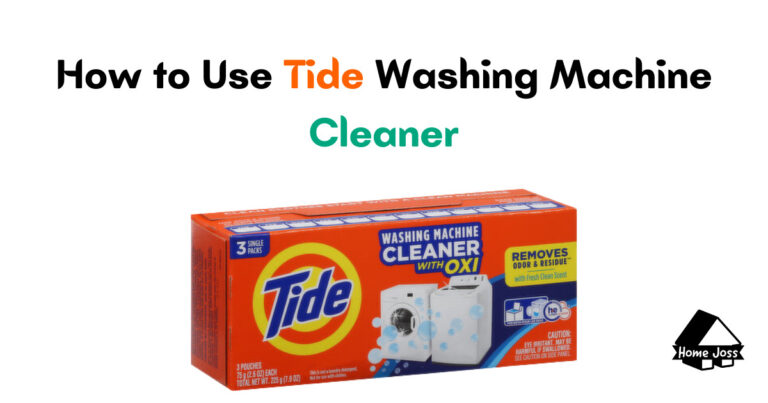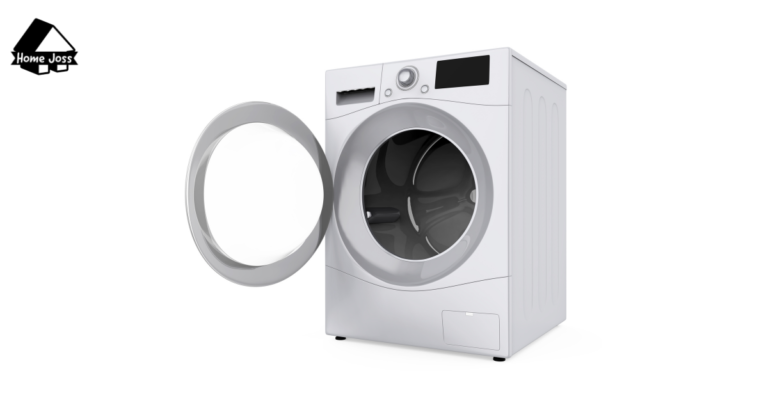I’m sure many of you have wondered whether it’s possible to run a washing machine empty. Well, I’m here to tell you that not only is it possible, but it’s also recommended for proper maintenance.
Regular empty cycles can help keep your machine clean and running at its best. So, let’s dive into the world of washing machine maintenance and find out more about running your machine on empty.

Can You Run a Washing Machine Empty?
Yes, you can run a washing machine empty, and it is actually recommended to do so for proper maintenance. Running it empty helps clean the machine, preventing the buildup of dirt, grime, and bacteria, ensuring optimal performance and hygiene.
How to Clean a Washing Machine?
To ensure the optimal performance and longevity of your washing machine, regular cleaning is essential. Follow this step-by-step guide to effectively clean your washing machine:
- Gather the necessary supplies: vinegar, baking soda, a microfiber cloth, a spray bottle, and a toothbrush.
- Spray vinegar inside the drum of the washing machine and let it sit for a few minutes to loosen any built-up filth.
- Using a microfiber cloth, wipe away the loosened dirt and grime from the drum.
- Pay special attention to the door and rubber gasket, where mold and grime can accumulate. Clean these areas thoroughly with the vinegar-soaked cloth.
- Add vinegar to the detergent dispenser and run a hot water cycle. This will help remove any remaining residue and bacteria.
- After the cycle is complete, drain the water and add baking soda to the drum.
- Run another hot water cycle with the baking soda to rinse the washing machine and eliminate any remaining odors.
- Once the cycle is finished, wipe down the outer parts of the machine and clean up any overflowing water.
Regular cleaning of the detergent drawer and filter is also crucial. Here’s how to clean these parts:
Cleaning the Detergent Drawer
- Remove the detergent drawer from the washing machine.
- Place the drawer in a bowl filled with warm water and either bleach or a mild detergent. Let it soak for a few minutes to loosen any grime.
- Scrub the drawer with a toothbrush to remove any remaining dirt.
- Rinse the drawer thoroughly under running water to ensure it is free from any cleaning product residue.
- Once clean, reinsert the detergent drawer back into the washing machine.
Cleaning the Filter
- Unplug the washing machine and locate the filter. The filter is usually found at the bottom front of the machine.
- Place a towel or bucket underneath the filter to catch any water that may drain out.
- Unscrew or release the filter cover and carefully remove the filter.
- Inspect the filter for any debris or clogs. Use a toothbrush or cloth to clean it thoroughly.
- If necessary, clean any additional components, such as the filter housing, to ensure proper functionality.
- Once clean, place the filter back into the washing machine and secure the cover.
By following these steps and regularly cleaning your washing machine, you can ensure that it remains in optimal condition, providing you with clean and fresh laundry every time.
Importance of Regular Washing Machine Cleaning
As a professional copywriting journalist, I understand the significance of maintaining a clean washing machine for optimal washing performance and hygienic laundry. Regularly cleaning your washing machine is essential in ensuring clean clothes and preventing costly repairs.
A clean washing machine guarantees that your clothes come out fresh and stain-free after every wash. By eliminating any buildup of dirt, grime, or bacteria, you can prevent odors and stains from transferring onto your clothing. It’s important to maintain the cleanliness of your machine to preserve the cleanliness of your clothes.
In addition to clean clothes, regular maintenance of your washing machine can help prevent repairs and prolong its lifespan. By taking care of your machine, you reduce the risk of internal issues, such as clogs or malfunctions, that could lead to costly repairs or even the need for a new machine. By investing a little time in cleaning, you can save money in the long run.
Furthermore, maintaining a clean washing machine ensures optimal washing performance. The machine operates at its best when free from dirt, residue, and blockages. Regular cleaning routines, including empty cycles and deep cleaning, help to maintain the efficiency of the machine, resulting in thoroughly cleaned laundry every time.
FAQ
Can I run a washing machine empty?
Yes, running a washing machine empty is not only possible but also recommended for proper maintenance. Regular empty cycles help keep the machine clean and functioning at its best.
Why is running an empty cycle important?
Running an empty cycle, also known as a maintenance wash or clean cycle, ensures that the machine is free from dust, oils, and residues before using it for clothing or bedding. It helps eliminate bacteria and detergent buildup, and can also eliminate odors.
Do I need to use cleaning products when running an empty cycle?
It is not necessary to use cleaning products, but adding a few capfuls of Zoflora or vinegar can enhance the cleaning power. Bicarbonate of soda can also be added to eliminate odors.
How do I clean my washing machine?
To clean your washing machine, you can follow these simple steps: spray vinegar inside the drum and wipe away the filth, clean the door and rubber gasket, add vinegar to the detergent dispenser and run a hot water cycle, add baking soda and run another cycle as a rinse, and wipe down the outer parts of the machine.
How often should I clean the detergent drawer and filter?
It is important to clean the detergent drawer and filter regularly. The frequency will depend on your usage, but it is recommended to clean them periodically or when the machine is particularly dirty or clogged.
Why is regular cleaning important for a washing machine?
Regular cleaning of your washing machine is important for several reasons. It ensures that your clothes come out clean and fresh after every wash, prevents stains or odors from transferring to your laundry, extends the lifespan of your machine, reduces the risk of costly repairs, and maintains optimal washing performance.






